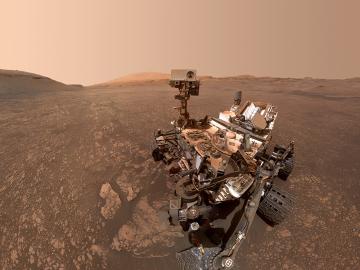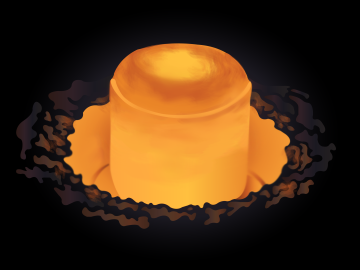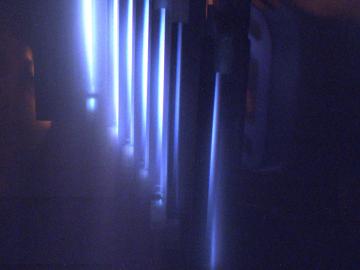Filter News
Area of Research
- (-) Nuclear Science and Technology (5)
- Advanced Manufacturing (6)
- Biology and Environment (12)
- Clean Energy (35)
- Electricity and Smart Grid (1)
- Functional Materials for Energy (2)
- Fusion and Fission (2)
- Fusion Energy (1)
- Isotopes (25)
- Materials (80)
- Materials Characterization (2)
- Materials for Computing (11)
- Materials Under Extremes (1)
- National Security (2)
- Neutron Science (14)
- Supercomputing (16)
News Type
News Topics
- (-) Isotopes (5)
- 3-D Printing/Advanced Manufacturing (4)
- Advanced Reactors (11)
- Bioenergy (1)
- Biomedical (2)
- Computer Science (2)
- Coronavirus (1)
- Cybersecurity (1)
- Decarbonization (1)
- Environment (1)
- Fusion (8)
- Materials Science (3)
- Molten Salt (4)
- Neutron Science (5)
- Nuclear Energy (36)
- Physics (2)
- Space Exploration (5)
- Sustainable Energy (1)
- Transformational Challenge Reactor (3)
ORNL's Communications team works with news media seeking information about the laboratory. Media may use the resources listed below or send questions to news@ornl.gov.
1 - 5 of 5 Results

Radioactive isotopes power some of NASA’s best-known spacecraft. But predicting how radiation emitted from these isotopes might affect nearby materials is tricky

After its long journey to Mars beginning this summer, NASA’s Perseverance rover will be powered across the planet’s surface in part by plutonium produced at the Department of Energy’s Oak Ridge National Laboratory.

Oak Ridge National Laboratory researchers have discovered a better way to separate actinium-227, a rare isotope essential for an FDA-approved cancer treatment.

A tiny vial of gray powder produced at the Department of Energy’s Oak Ridge National Laboratory is the backbone of a new experiment to study the intense magnetic fields created in nuclear collisions.

The Department of Energy’s Oak Ridge National Laboratory is now producing actinium-227 (Ac-227) to meet projected demand for a highly effective cancer drug through a 10-year contract between the U.S. DOE Isotope Program and Bayer.

